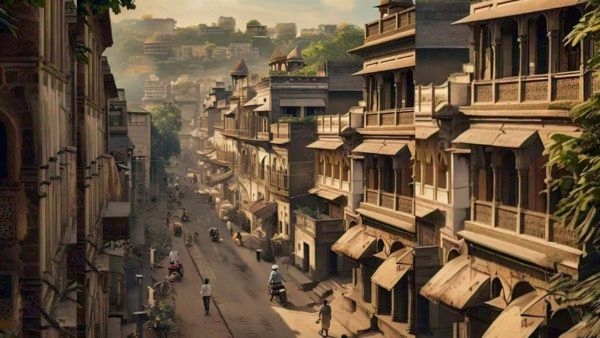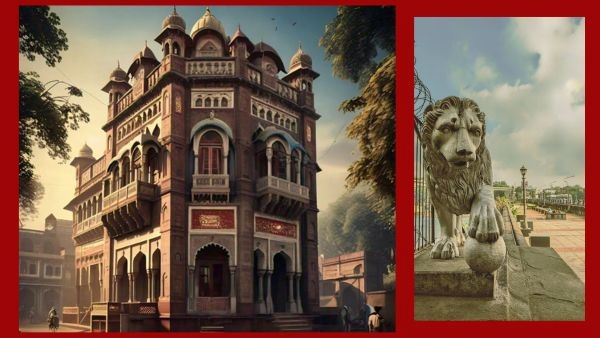On the 78th Independence Day, it’s important to remember the places that played a significant role in India’s fight for freedom. Pune, often called the cultural capital of Maharashtra, was one of those places. The city was a center of revolutionary activities and produced many prominent freedom fighters who contributed to India’s independence.

Early Sparks of Rebellion
The spirit of rebellion in Pune started early, even before the large-scale movements. In 1817, the British unfurled the Union Jack at Shaniwar Wada, marking the beginning of their rule in Pune. But this act also sparked resistance among the people of Pune. One of the first major uprisings was in 1857, led by Vasudev Balwant Phadke, a resident of Sadashiv Peth. He formed a group called Ramoshi, made up of local communities, to start an armed struggle against the British. They raided wealthy Englishmen to fund their activities, striking fear into the hearts of the British rulers.
India to Get Its Third-Largest Tiger Reserve: Know the Location, About the First Two
The Chapekar Brothers and the Plague Commissioner
One of the most dramatic events in Pune’s freedom struggle was the assassination of W.C. Rand, the British Plague Commissioner, in 1897. The Chapekar brothers—Damodar, Balkrishna, and Vasudev—were behind this bold act. Rand had enforced harsh measures during a bubonic plague outbreak, including forced entries into homes and invasive body checks. This angered the people of Pune. The Chapekar brothers, along with their friend Mahadev Ranade, plotted and successfully carried out Rand’s assassination. This was a major act of defiance against British authority and inspired many others to join the freedom struggle.
Lokmanya Tilak and the Swadeshi Movement
Lokmanya Bal Gangadhar Tilak, one of the most influential leaders in India’s independence movement, made Pune his base of operations. Tilak started the Kesari newspaper from Gaikwad Wada in Narayan Peth. This newspaper became a powerful voice for the Swaraj (self-rule) movement. Tilak also played a key role in popularizing the celebration of Ganesh Chaturthi and Shivaji Jayanti on a large scale. He used these festivals to unite people and instill a sense of national pride among Indians.

The Quit India Movement
Pune was also an important center during the Quit India Movement in 1942. When Mahatma Gandhi called for the British to “Quit India,” Pune responded with intense protests and demonstrations. The city saw violent clashes between protesters and the British authorities. Many freedom fighters from Pune were arrested and imprisoned in Yerwada Jail during this time, showing the city’s strong commitment to the cause of independence.
Legacy and Memorials
Today, Pune is a city that remembers its rich history in the freedom struggle. Several landmarks and memorials in Pune honor the contributions of the city’s freedom fighters. Kesari Wada, where Tilak’s newspaper was published, still stands as a symbol of resistance. The Phadke Temple on Sinhagad Road and the memorials dedicated to the Chapekar brothers remind us of the bravery and sacrifices made for India’s independence.
Pune’s role in India’s freedom struggle is a story of resilience, courage, and unwavering commitment to independence. As we celebrate the 78th Independence Day, it’s essential to remember and honor the places and people who fought for the freedom we enjoy today.


Pingback: How Revdanda, a charming village in Maharashtra is influenced by the Portuguese